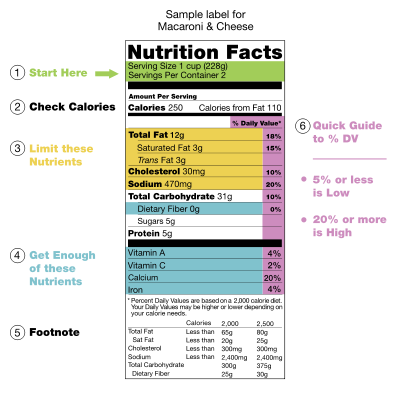Food truth that we can eat
What we know about eating, not eating and overeating has been investigated by research universities and university-trained scientists since the 1920s. The Journal of Nutrition began publishing in 1928. Now 2.5 million inquiries each month probe a massive body of knowledge about the nature of our evolving physical and cultural relationship with food, with at least 30 more food and nutrition journals collecting and dispersing this science globally.
The result: Americans spend more time debating what to eat than at any other time in history. The firmly held beliefs of most adults about what should be eaten or avoided have origins in the history of this science. In spite of the intent of this research, and because it is frequently challenged, people are understandably skeptical or easily recruited to the next food fad.
As a food science graduate and later as a campus writer, I have worked smack in the center of a leading food research university for more than a decade. This vantage point allowed me to follow the path of these rivulets of research as they flow through scientific journals and later become diluted by commercial interests. They readily dribble to the media without interpretation or the full context of their intended purpose.
Perhaps the most sacred form of long-term research evidence we follow is the food label, an abbreviated version of truth that empowers our choice to follow our closely held beliefs. University research and methods also indirectly determine what will appear on labels in the future. I have long admired the pragmatic ethics of Barbara Schneeman, who taught me as a professor of nutrition and college dean before going to the U.S. Food and Drug Administration to direct the redesign of nutritional food labeling (and other regulations).
Meanwhile, efforts in the national “food court” to hold advertising accountable to the truth are gaining momentum. In spite being misused, universities remain the best source of food truth. This assumes that faculty remains free to challenge the truth and that research funds are available to validate it. Unfortunately, funding for food research is shrinking along with the federal budget, and the federal agencies responsible are seeing an increase in applications for what remains. This week, the National Research Council will release their report , Research Universities and the Future of America: Ten Breakthrough Actions Vital to Our Nation's Prosperity and Security. The report will attempt to list the top 10 actions that Congress, the federal government, states and research universities could take to assure that American research universities help the U.S. “compete, prosper, and achieve national goals for health, energy, the environment, and security in the global community.” Those of us who are watching can only hope that the food truth needed to challenge nutritional hype will be on that list.

